

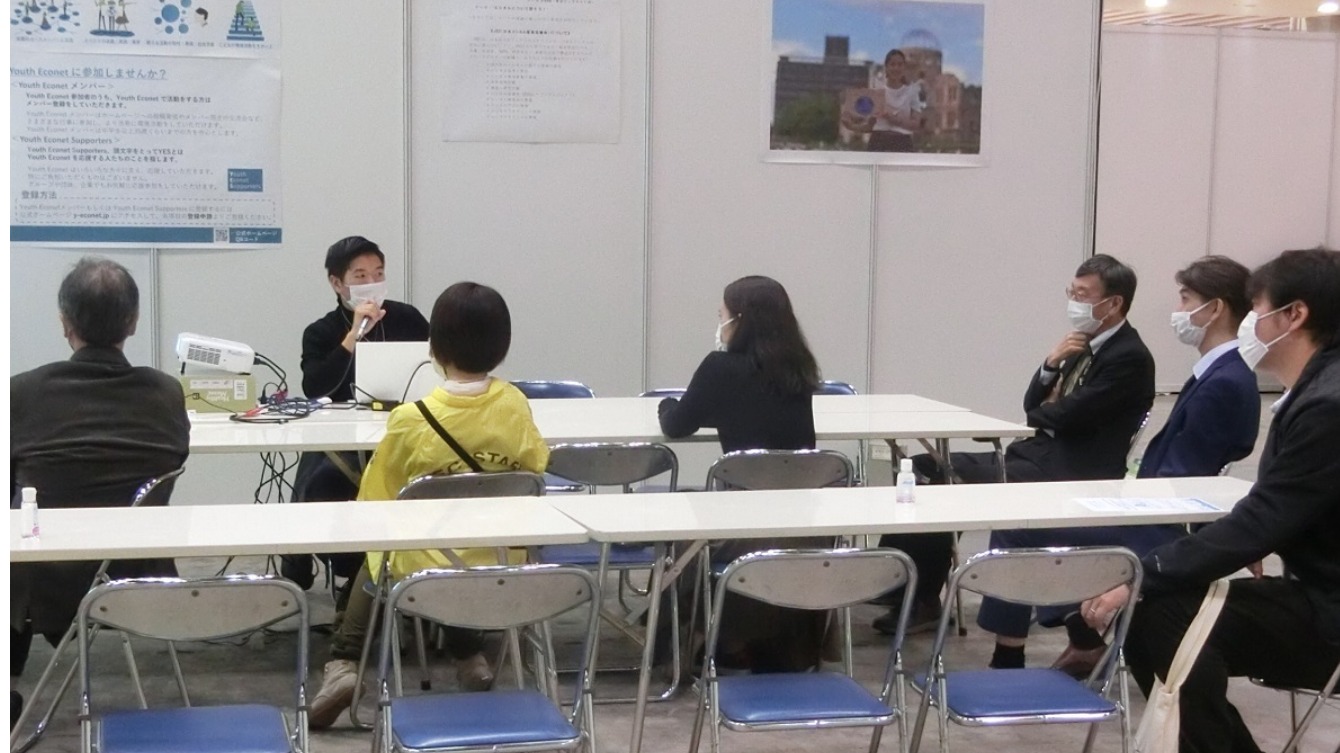
Hello!
Today, December 8th, was the first day of EcoPro 2021!
I was nervous about whether customers would come to the booth, but I was happy to see so many people.
The poster exhibition was covered by elementary and junior high school students who had been visiting the exhibition since the morning as part of a field trip.
It seems that each group decided on a theme in advance and researched it, and I was nervous about whether I could properly answer all the questions that were asked.
We have also received a lot of comments on the place where we post our impressions of the booth!
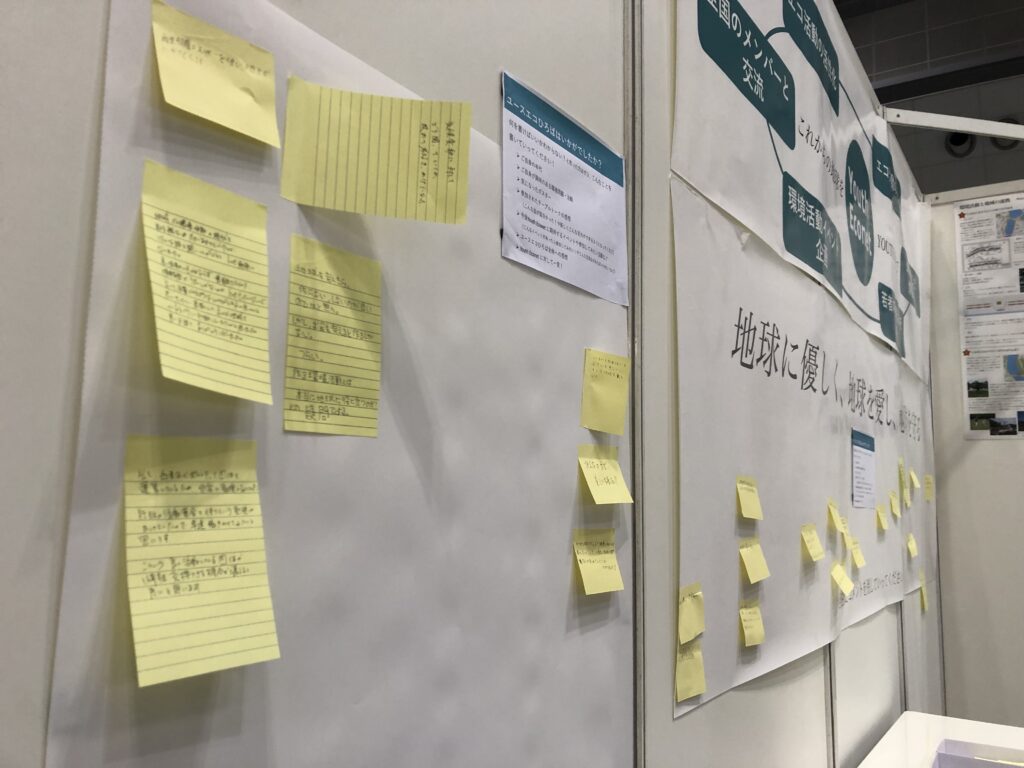
In the first table talk, we talked about environmental activities and regional cooperation based on three case studies.
I learned a lot from the people who participated in the assignment by listening to their ideas that they would like to use as a reference for future activities.
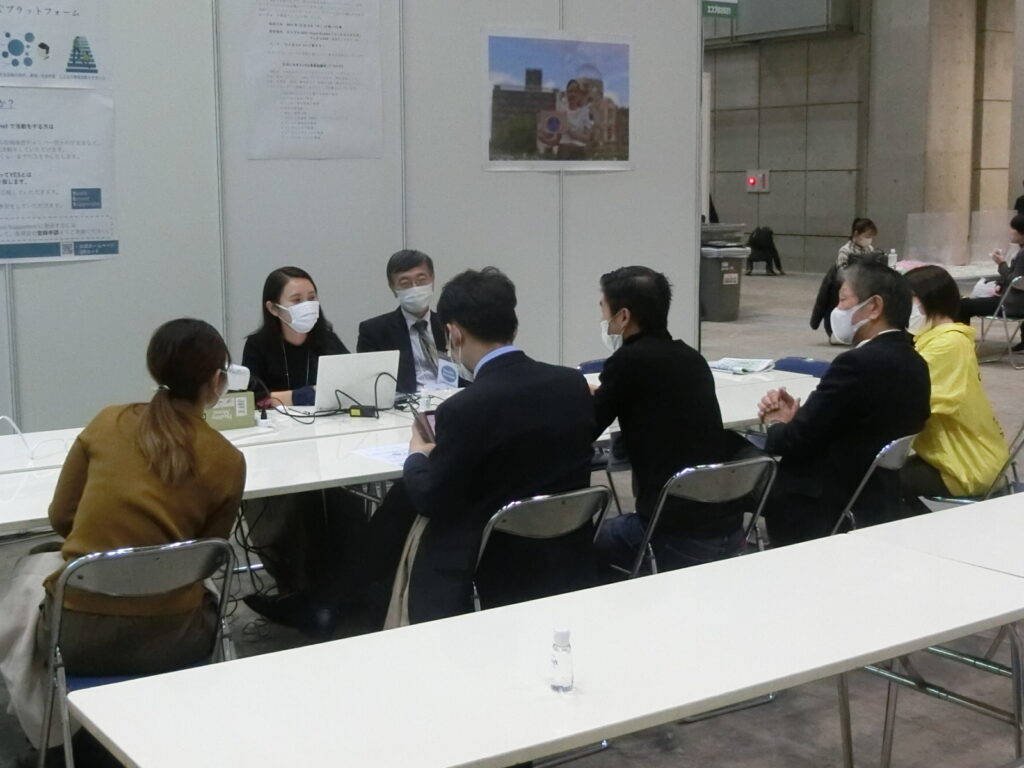
In the second table talk, the committee members talked about environmental activities as the most fun and cool in the world.
I thought that it would be the best way to convey to the younger generation, who are not interested in the environment, and it would be a good starting point, and it was a story that I sympathized with from beginning to end.
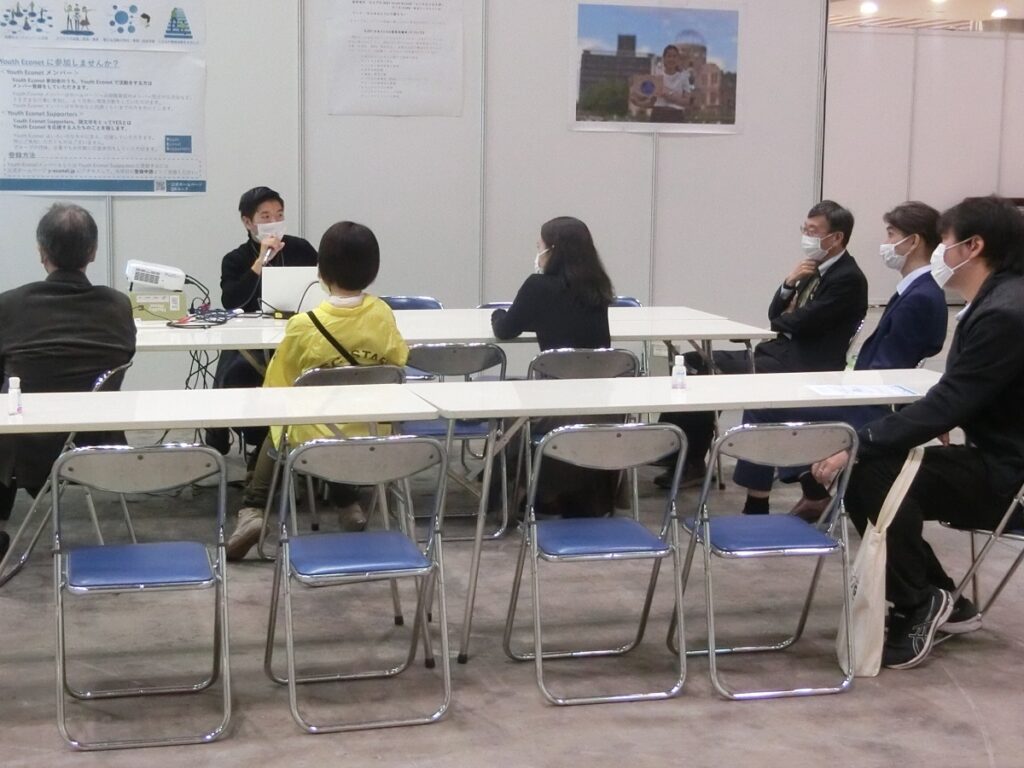
Tomorrow and the day after tomorrow’s table talk workshops will also be attractive, so please come to booth 3-058 “Youth Eco Hiroba”!
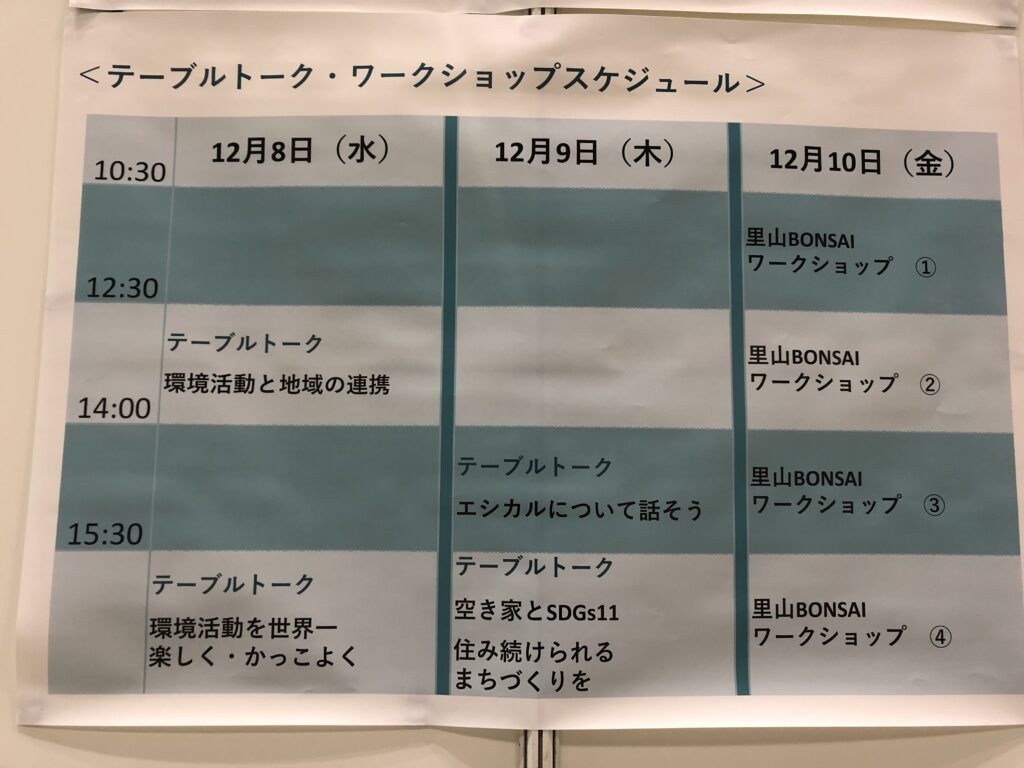
*Pre-registration is required for admission.
Pre-registration URL:https://sdgs.nikkeineon.jp/registration
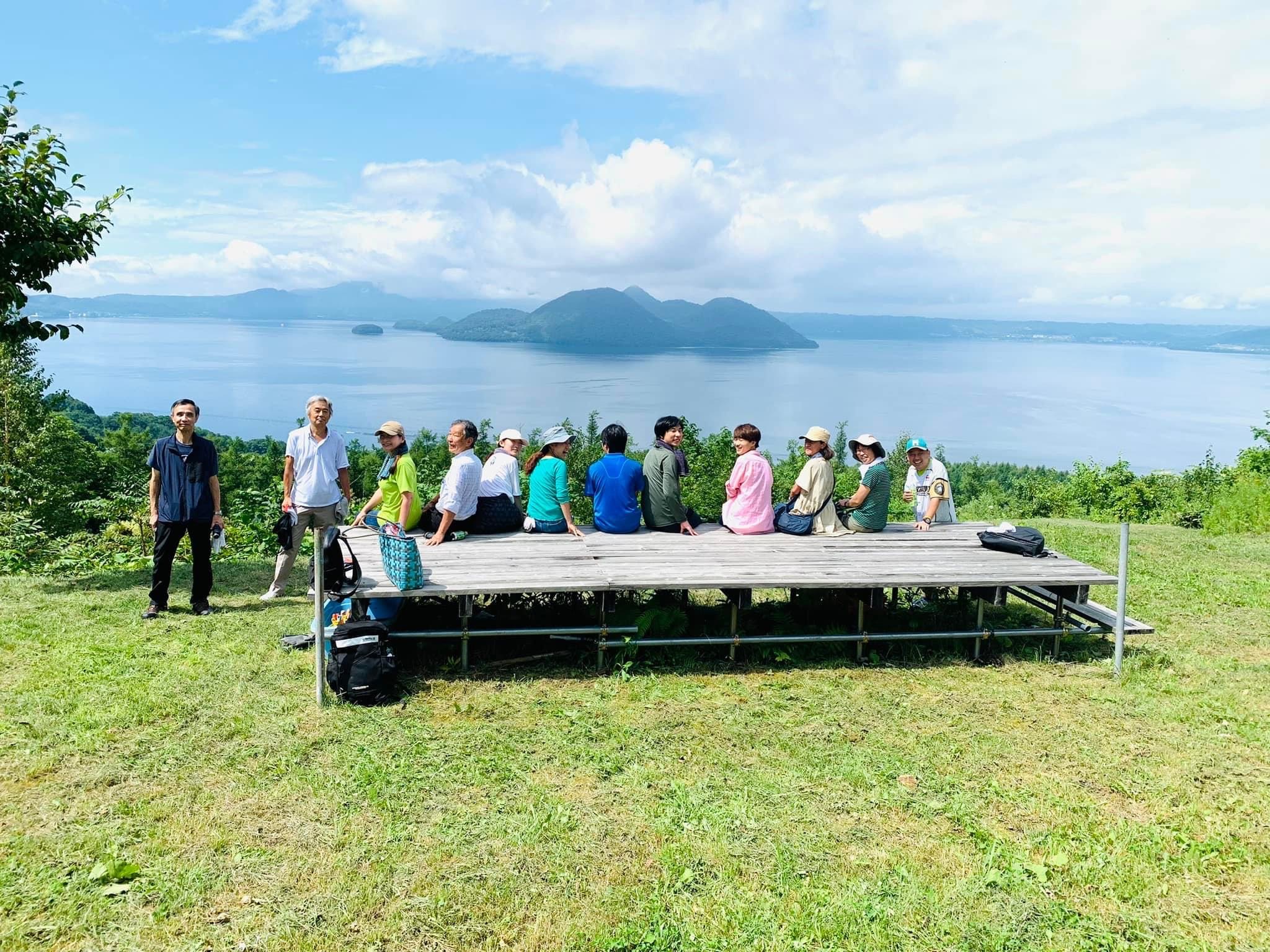
I’m sorry! This is a general foundation Youth Eco.
It’s time for the pandemic to settle down and the chill of the air stings your skin. How is everyone doing?
This time, we held a skill up camp at Lake Toya, Hokkaido for 2 days and 1 night (8/19-8/20)!
People from a wide range of generations, from 18 years old to adults, gathered from all over the country!
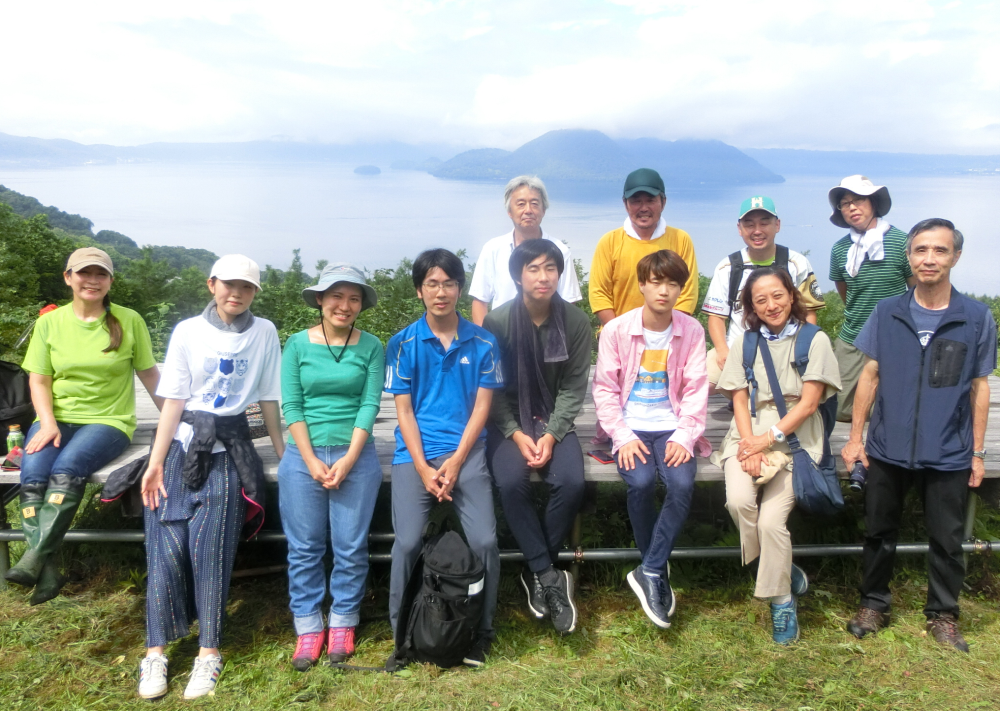
In addition, the YE Committee was held in parallel in a hybrid of online and offline using ZOOM.
By the way, the place where I stayed this time was Toya Retreat House!
In the evening, there are a variety of dishes using ingredients from Hokkaido! People from Niseko’s roadside station and farmers also participated, and we received very fresh and sweet vegetables such as corn, tomatoes, and melons.
In addition, there was a special lecture by Mr. Miura! When he was a high school student, he risked his life to escape the tsunami caused by the earthquake on Okushiri Island, and as an adult, he drove around the country with his car to hear about his mission from the lessons of the tsunami.
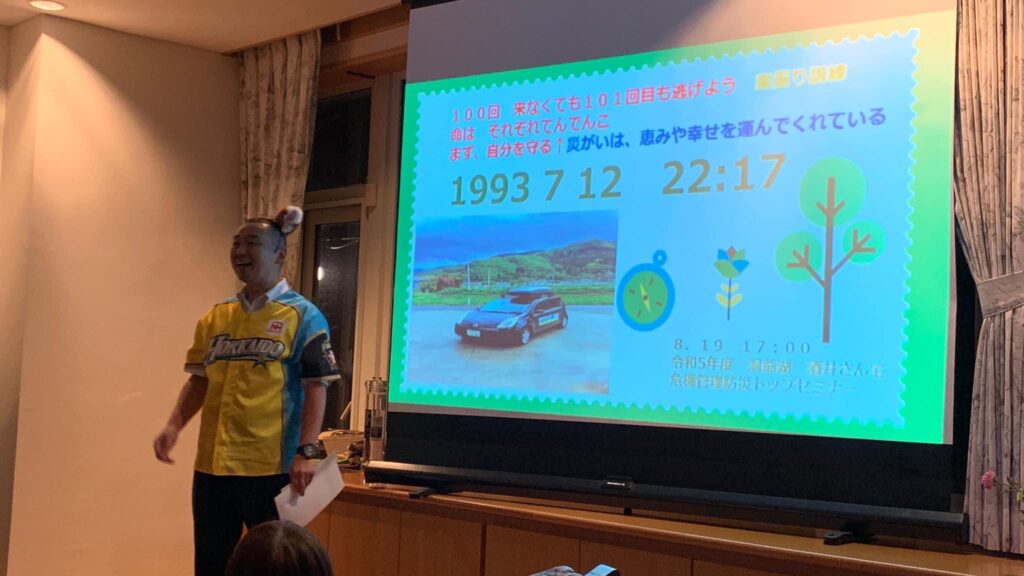
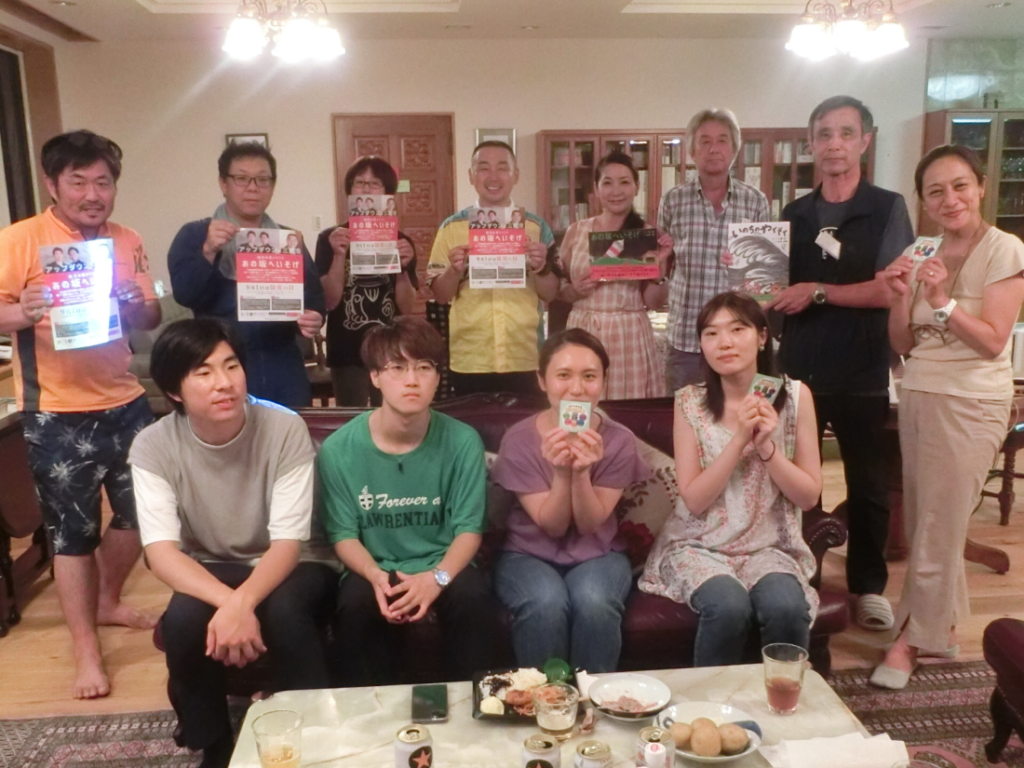
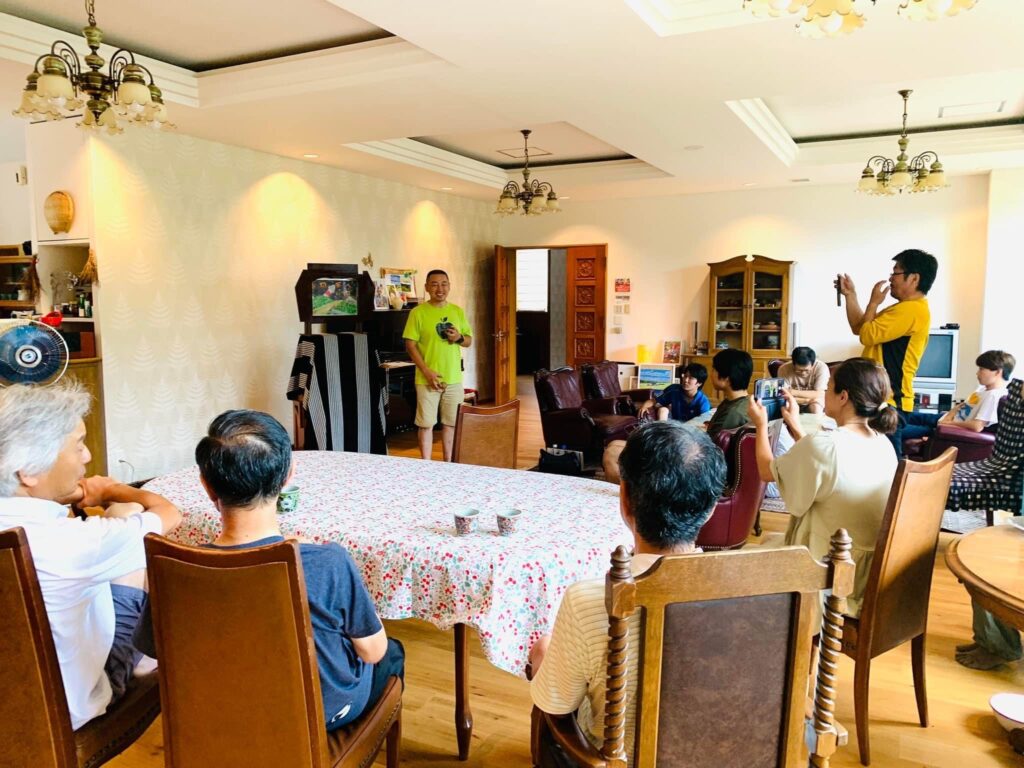
This time, under the guidance of Yoshiko Sakai, the founder of the “9,000-year-old Heisei Forest of Life Project”, trees were planted in a place rich in nature overlooking Lake Toya.
Since 2014, he has been involved in a wide range of activities in the mountains on the shores of Lake Toya, Hokkaido, such as “making pots of saplings from acorns,” “tree planting festivals,” and “forest care meetings.” It is said that about 15,000 kinds of saplings were planted with 24 types of saplings, such as Mizunara, horse chestnut, Ezoitaya maple, Oyamazakura, Ezo sakura, Kashiwa, chestnut, and Japanese maple, which are the main trees of Hokkaido.
This time, we planted a sapling pot “Mizunara” made from acorns with children in the courtyard of the Lake Toya Retreat House last fall!
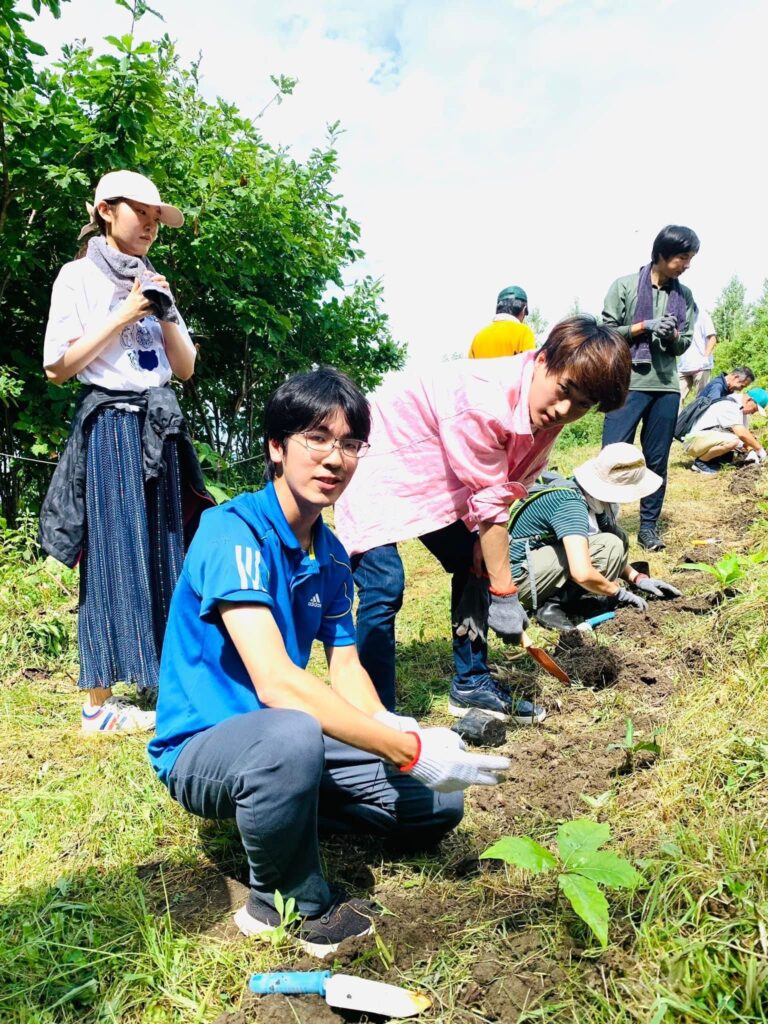
(Trees were planted)
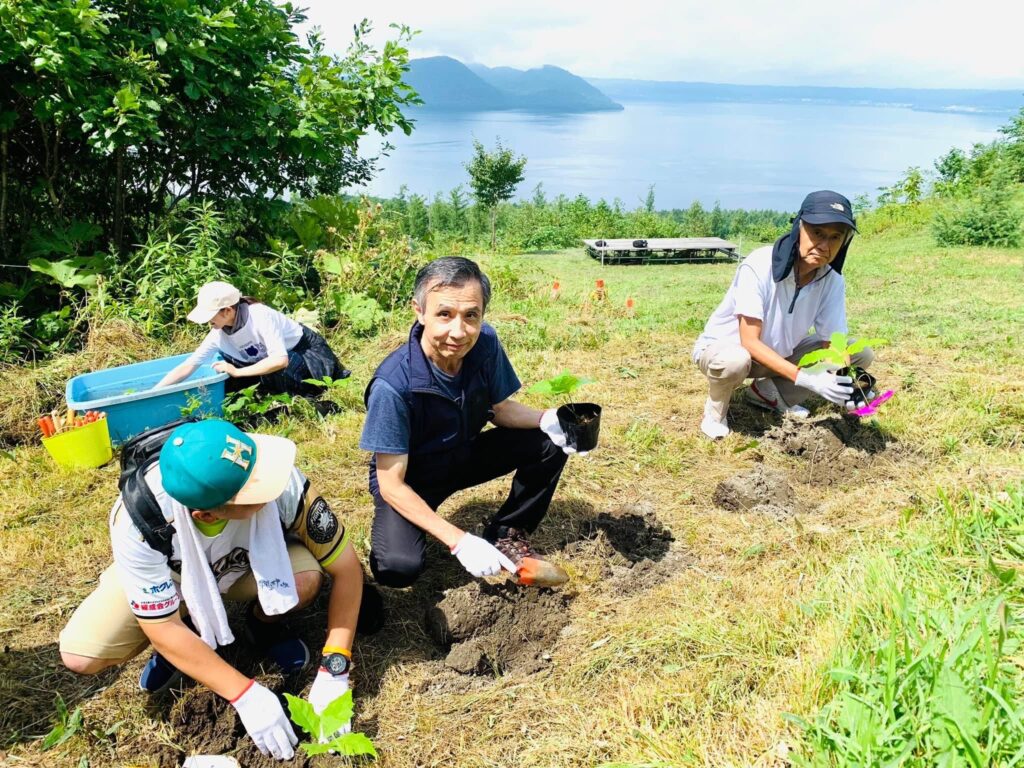
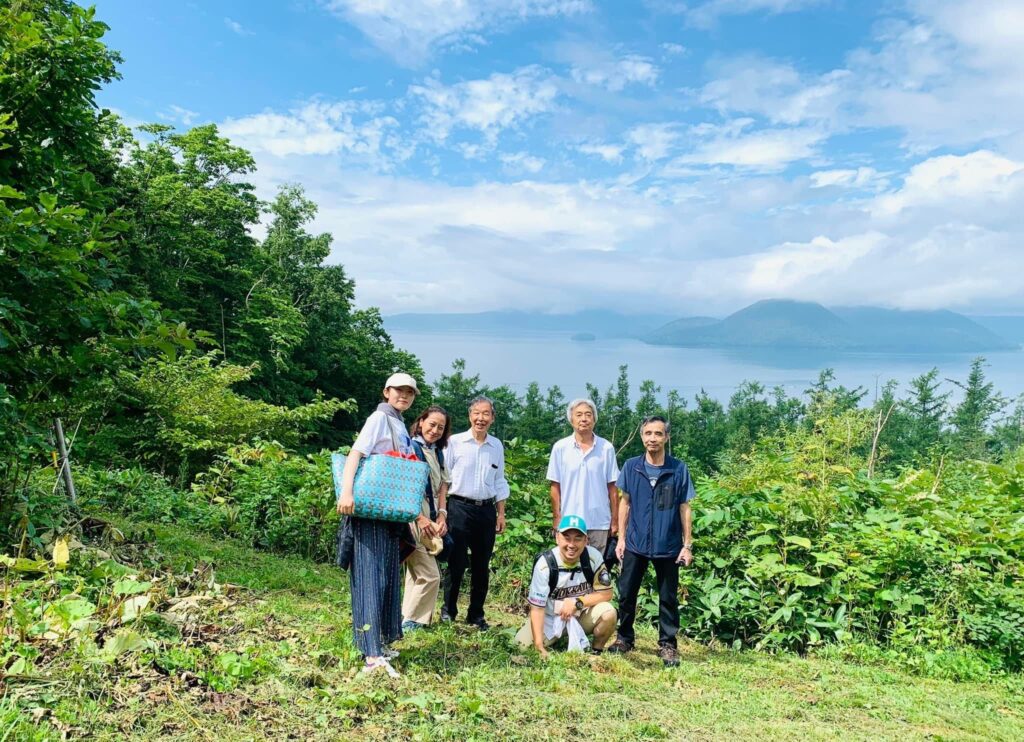
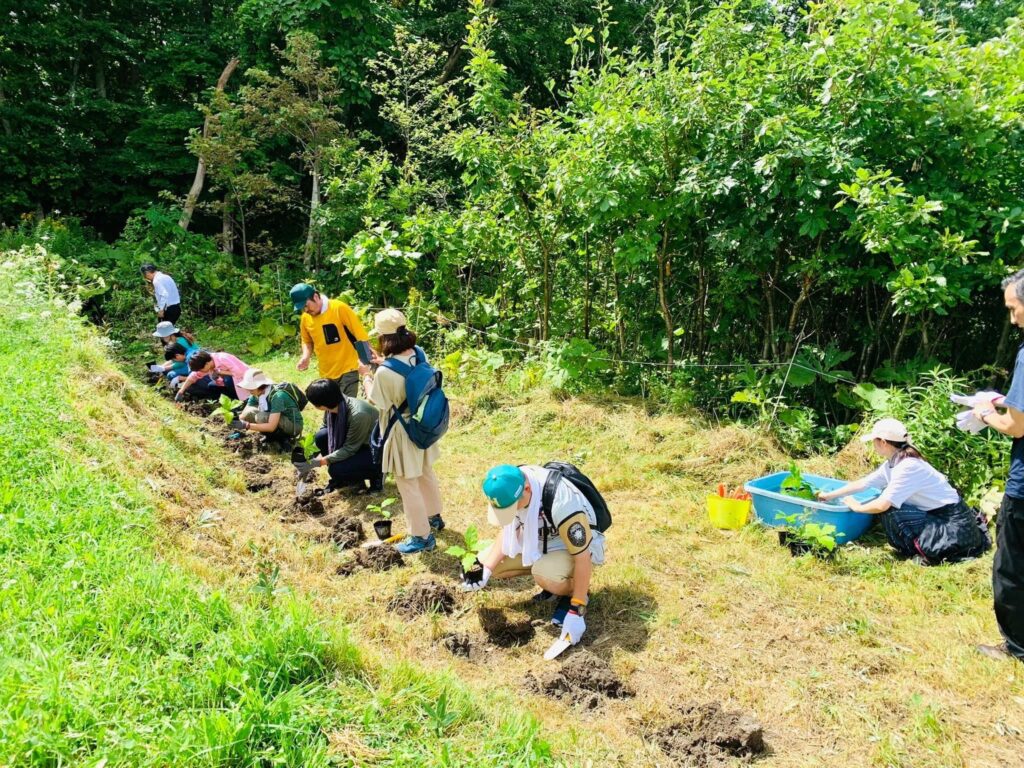
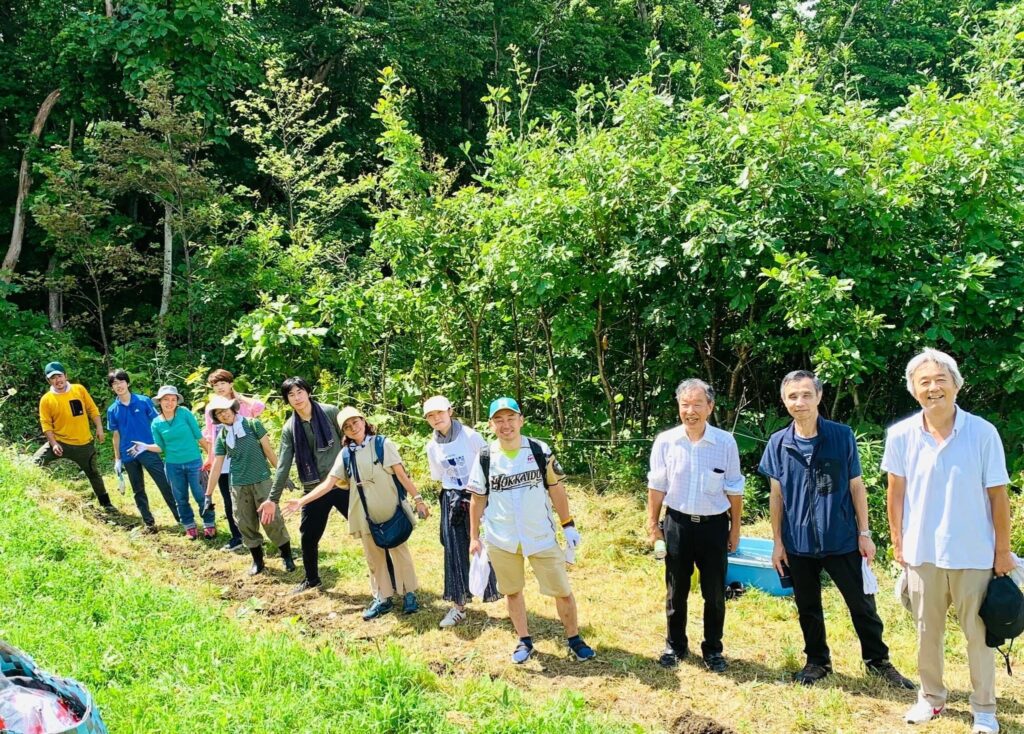
URL: 9,000 Years of Heisei Forest of Life Project Homepage
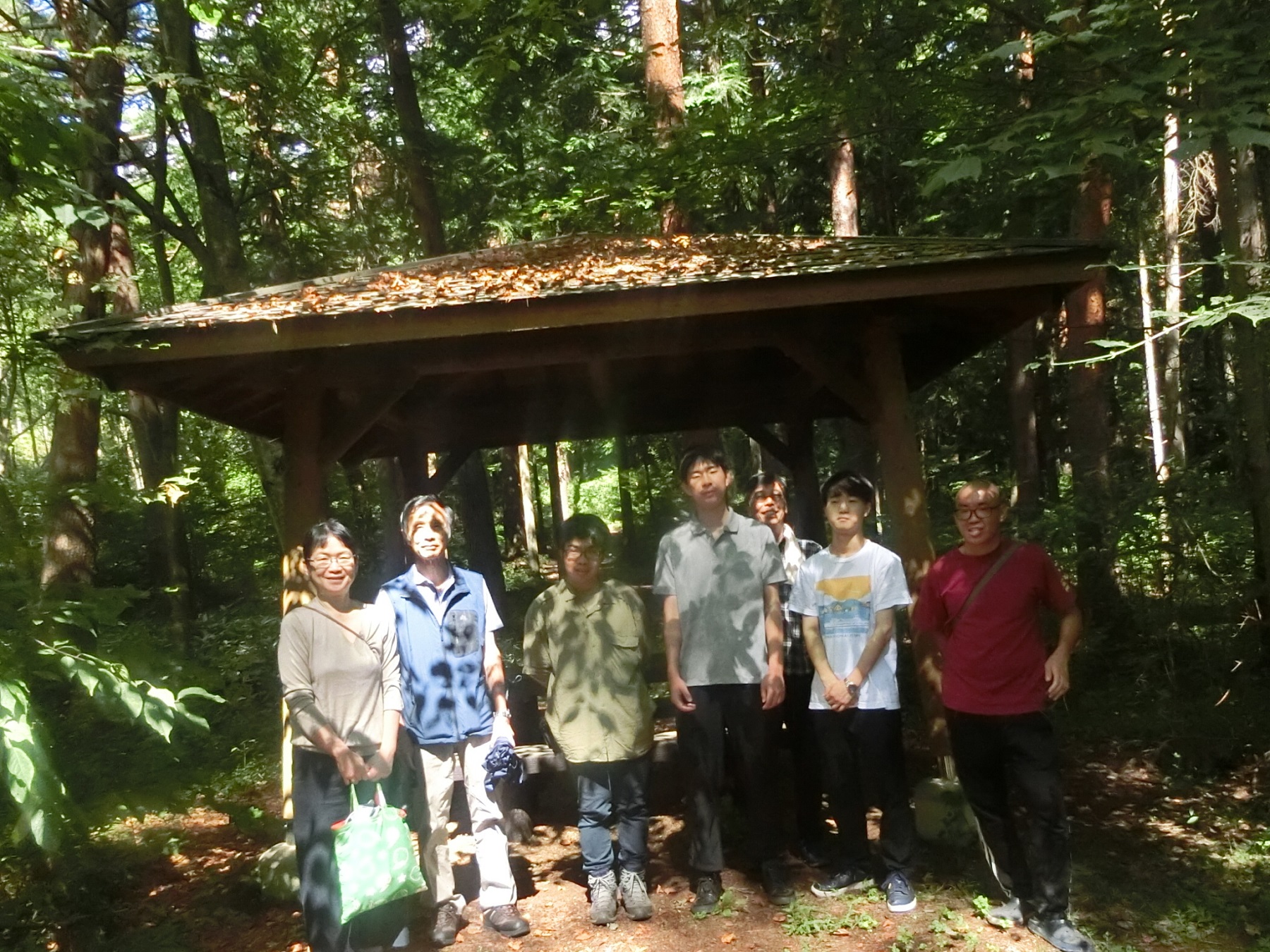
The second camp will be held in Ina City, Nagano Prefecture!
I learned about forests with students from Shinshu University.
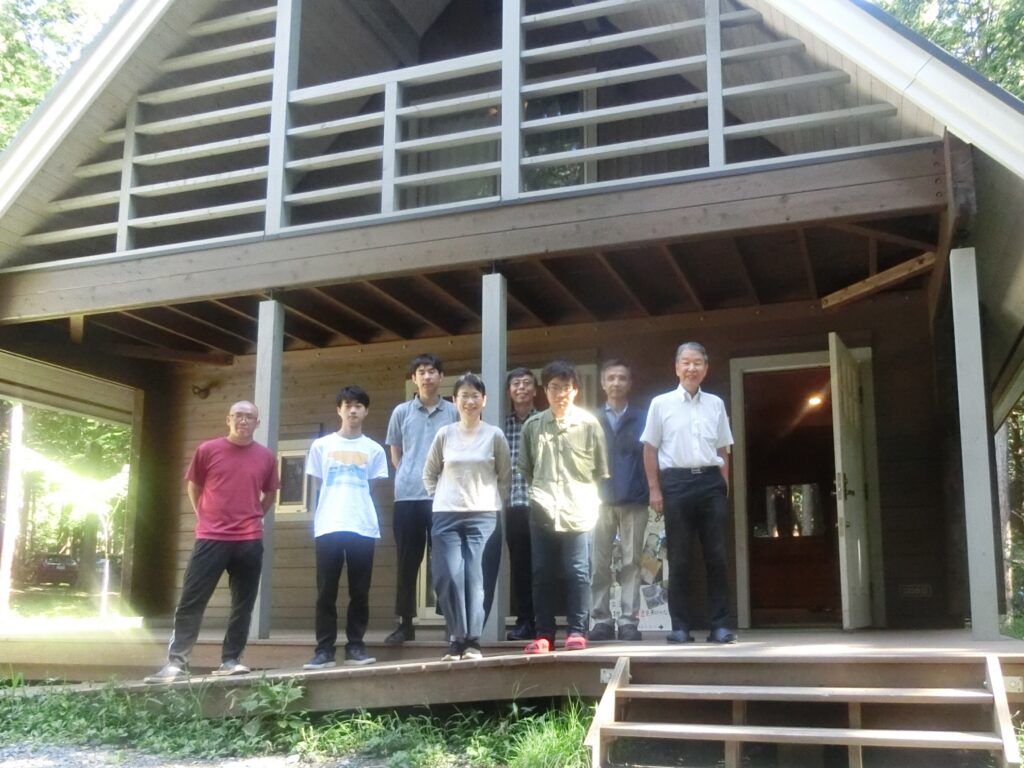
The second camp was held at Shinshu Oshiba Highlands, Nagano Prefecture for 2 days and 1 night (9/9-9/10)!
With the theme of forest conservation, what is the current state of forests in Japan?! It was a two-day event that emphasized seeing and learning about the real thing, using Ina City as an example. In addition, through interaction with local residents, the circle of youth eco has expanded!
On the first day, I introduced myself with excitement. I was able to listen to everyone’s activities, empathize with them, and learn new things.
For dinner, we had Shinshu’s specialties “Lomen” and “Sanzokuyaki”! Have you ever heard of “Lomen”? According to a student at Shinshu University, it is similar to yakisoba! All the participants were curious and ordered! My impression of the person writing this article was that the fried noodles had a lot of soup and the taste was a little thin.
The cottage I stayed at had a nice scent of wood and was refreshing as if I was spending time in the forest.
We held a YE committee meeting at the cottage. We mainly exhibited Eco Pro and lectured by Shinshu University.
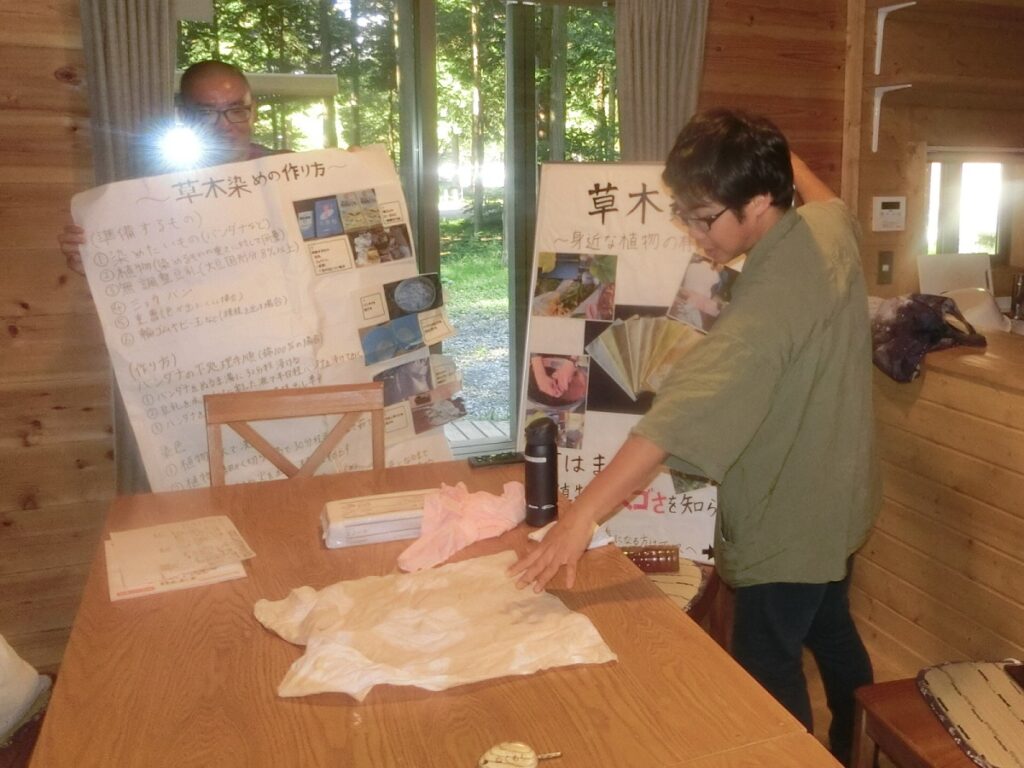
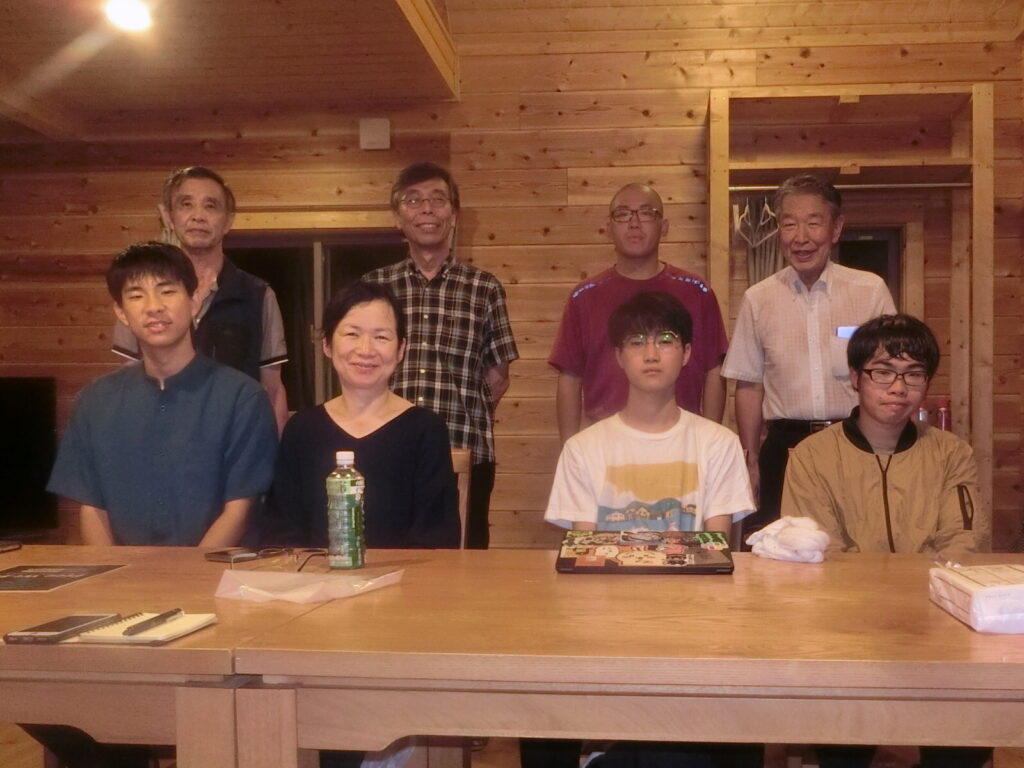
It is said that the pigment can be extracted from the skin of the onion and dyed into cloth! Naturally, you can use the peel of onions, which would normally be discarded, to make naturally-derived dyes. In addition to onions, you can boil down what you want to dye with water to extract the pigment. Also, it seems that you can dye the cloth vividly by soaking it in lukewarm water! You can actually do it at home, so please give it a try!
On the second day, we went to the Citizen’s Forest (Masumigaoka Flatland Forest)! The Citizen’s Forest covers an area of about 68 hectares and is a rare flatland forest in Japan. More than 70% of the tree species in the citizen’s forest are red pines, and it is said that a mixed forest is formed by conifers such as mackerel and cypress, and broad-leaved trees such as cosiabra and quercus. In addition, it seems that it is preserved so that it can be passed onto future generations as a common property of citizens. I was able to hear the chirping of birds, which is rarely heard in the city, and I was able to have a valuable experience. The most surprising thing was the bio-toilet. It seems that human waste (excrement) can be decomposed by microorganisms in the soil.
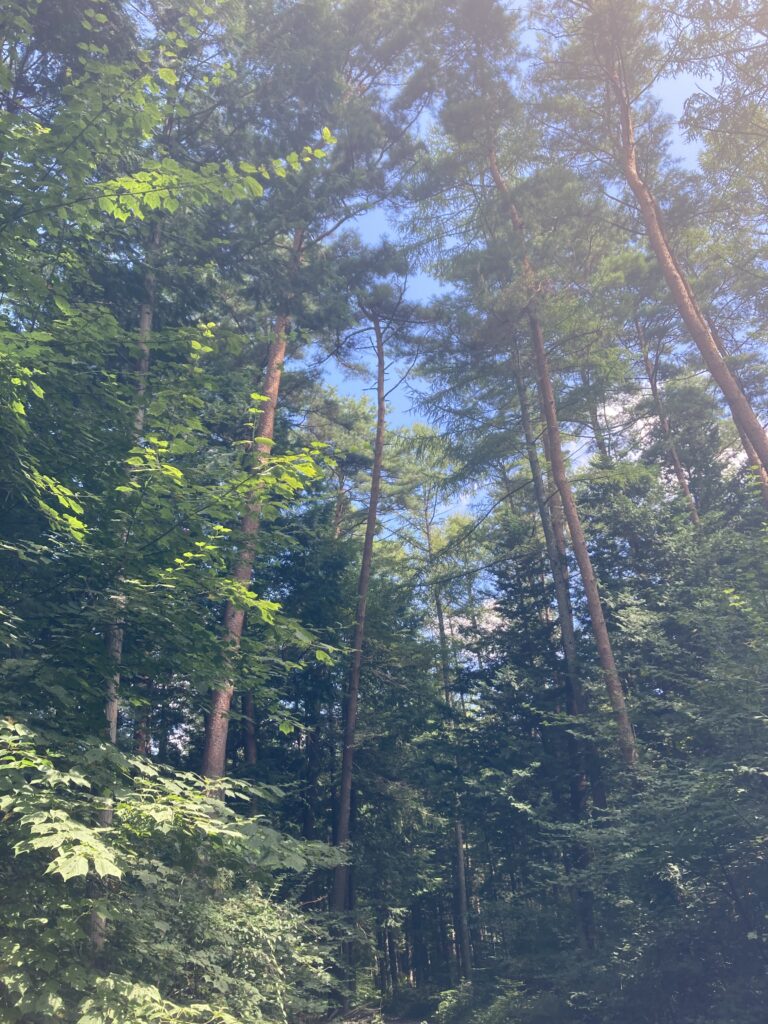
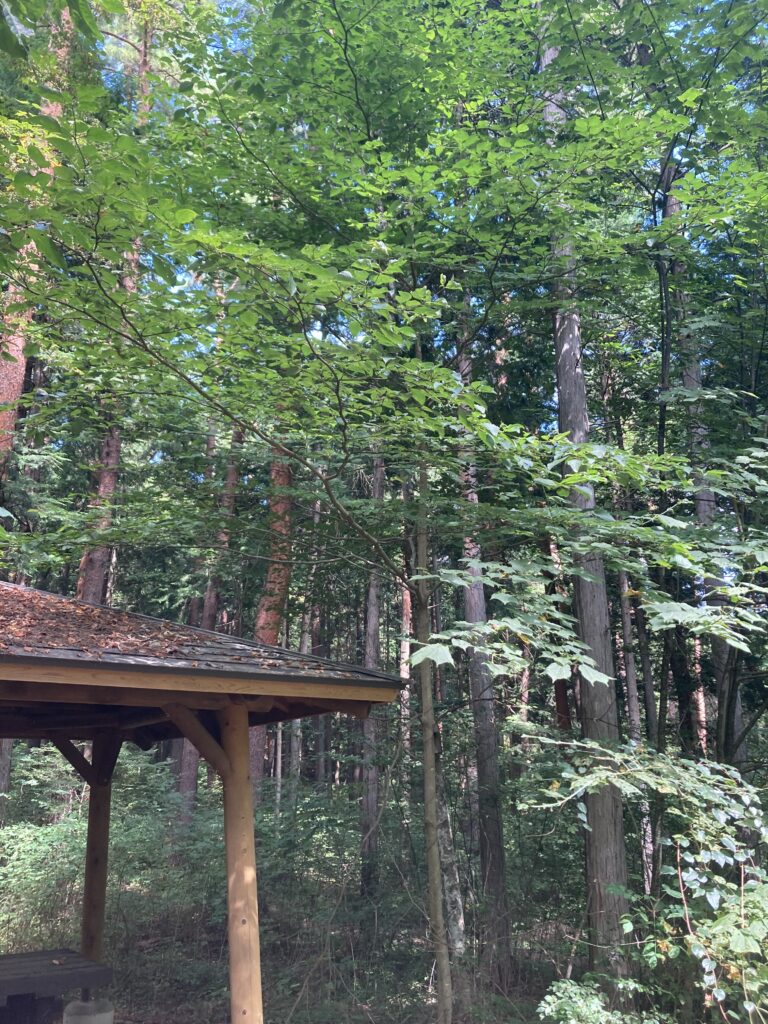
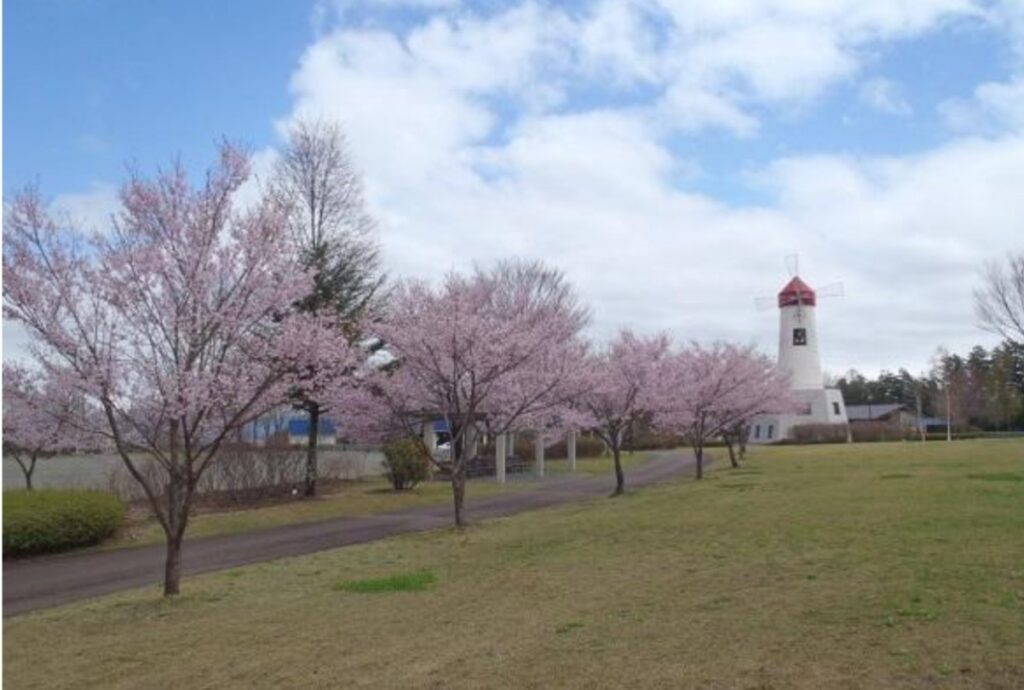
The “15th Poppo City” was held at Hatobuki Park! There were flea markets selling cold drinks such as lemonade and coffee, unheated raw honey, and clothes and toys.
Photo source: Ina City website
URL: 信州大芝高原